This Swedish Forest Knife combines a great handle and blade to make the hunting/bushcraft knife you may be looking for.
by Leon Pantenburg
Disclaimer: I did not get a free knife for doing this review, nor was I paid to write it. All I ever promise is a fair shake.
After the shot connected, the whitetail doe made its death run into a vine-and-bramble filled ravine. Luckily, I had packed my sled with hand clippers, large loppers and a Junglas machete-style knife. I had to chop a path down to the fallen deer, and then process it on the spot.
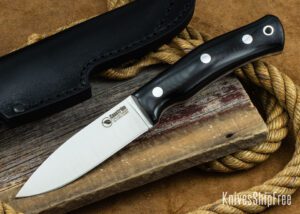
The Casstrom No. 10 Forest knife is an affordable, effective hunting knife.
My Casstrom No. 10 Swedish Forest Knife handled the job easily and efficiently. I was able to gut and remove the lower legs at the bottom of the gully. Then the real work started, and things got to be a whole lot less fun.
Once the animal was hauled out, the Forest Knife was used to skin, quarter and behead the carcass. The Casstrom Safari was used to do some skinning around the neck and front shoulders. Through all this, the edges on both knives retained their razor sharpness.
What is the best hunting knife? Get out the stick and let’s beat that dead horse some more! But it always boils down to what is going to work the best for the user.
In my case, that best hunting knife is going to be a rigid knife with full-length tang, with a four-to-six inch blade and generous handle, made of quality steel and a drop or clip point. Ideally, it will have a convex grind. It will also have to be lightweight, since I tend to range far in a day’s hunting.
The Forest Knife worked very well for me.
Forest Knife Specifications
| Overall Length: | 8.75″ |
| Blade Length: | 3.875″ |
| Blade Steel: | 14C28N |
| Blade Thickness: | .140″ |
| Weight: | 6oz. |
The good stuff
Point: The spear point is a good, useful point for a hunting knife that may end up being used for various bushcraft tasks. It is particularly useful for the under-the-tail piercing that starts a field dressing operation.
The point works well with the Canadian-style blade design.
Spine: The spine is ground at a 90-degree angle, so it would work well for shredding tinder or scraping a ferro rod to make sparks for firemaking. Use the spine when appropriate, and save the edge.
Grind: The full height, flat grind with micro bevel worked well for all the tasks that needed to be done. It’s no secret that my favorite grind is convex. With enough stropping this flat grind will eventually wear in to become convex. As is, the knife is a good slicer, and performed well as a skinner.

The Casstrom Forest Knife works really well in the field.
Steel: I had not used 14C28N steel before, and I am pleased with how it holds an edge. It handled the deer carcass well. After all the work was done, the knife would still shave.
I used a Casstrom Safari, in 12C27 steel to skin around the shoulders and neck, and the smaller knife also held a wicked edge. These Swedish knives have great steel in the blades.
Handle: The G-10 works really well. This handle is almost five inches long, and it is almost perfect for my large hands. The knife was dipped into the bloody slurry from a heart/lung shot, and it never got slippery. The handle is long enough for me to use safely, even while wearing cut-resistant gloves. The handle design is one of the best selling points for the Forest Knife.
Overall Design: While designed to be used primarily as a hunting knife, the Forest Knife combination of blade and handle works really well for other things. This includes whittling wood, shredding fire tinder and possibly cleaning fish. It hits that magical compromise of size and usefulness.
Blade thickness: At .140-inch, the blade thickness in just right. I don’t like thick-bladed knives, and think the extra weight and mass doesn’t add anything to the knife’s effectiveness. It may detract from the blade’s ability to do a job. The Forest Knife blade had plenty of strength for all the hard work I put it through.
Sturdy leather sheath: The Forest Knife comes with a sheath that protects the edge and the user. I put a D ring on mine – because I can – and want the option of using the sheath as a dangler.
Then there’s this.
I had to think hard to find something not to like about this knife. The only improvements I can come up with are that the blade should be convex ground, and the handle diameter could be a little bigger. Other than that, I could be quite happy with the Forest Knife as my main knife for whitetail deer hunting.
Forest Knives start at $124.95 for the basic model.
Order your Forest Knife here
Please click here to check out and subscribe to the SurvivalCommonSense.com YouTube channel – thanks!

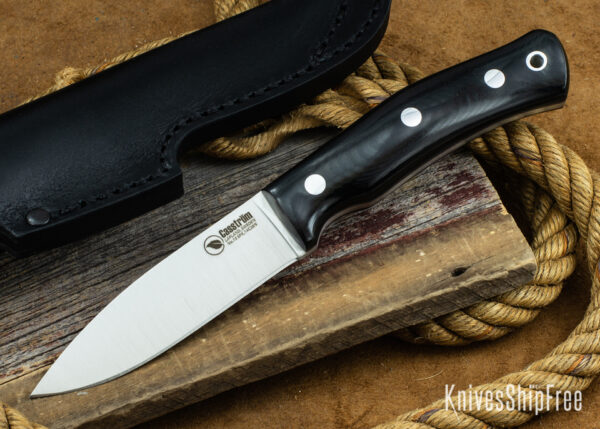

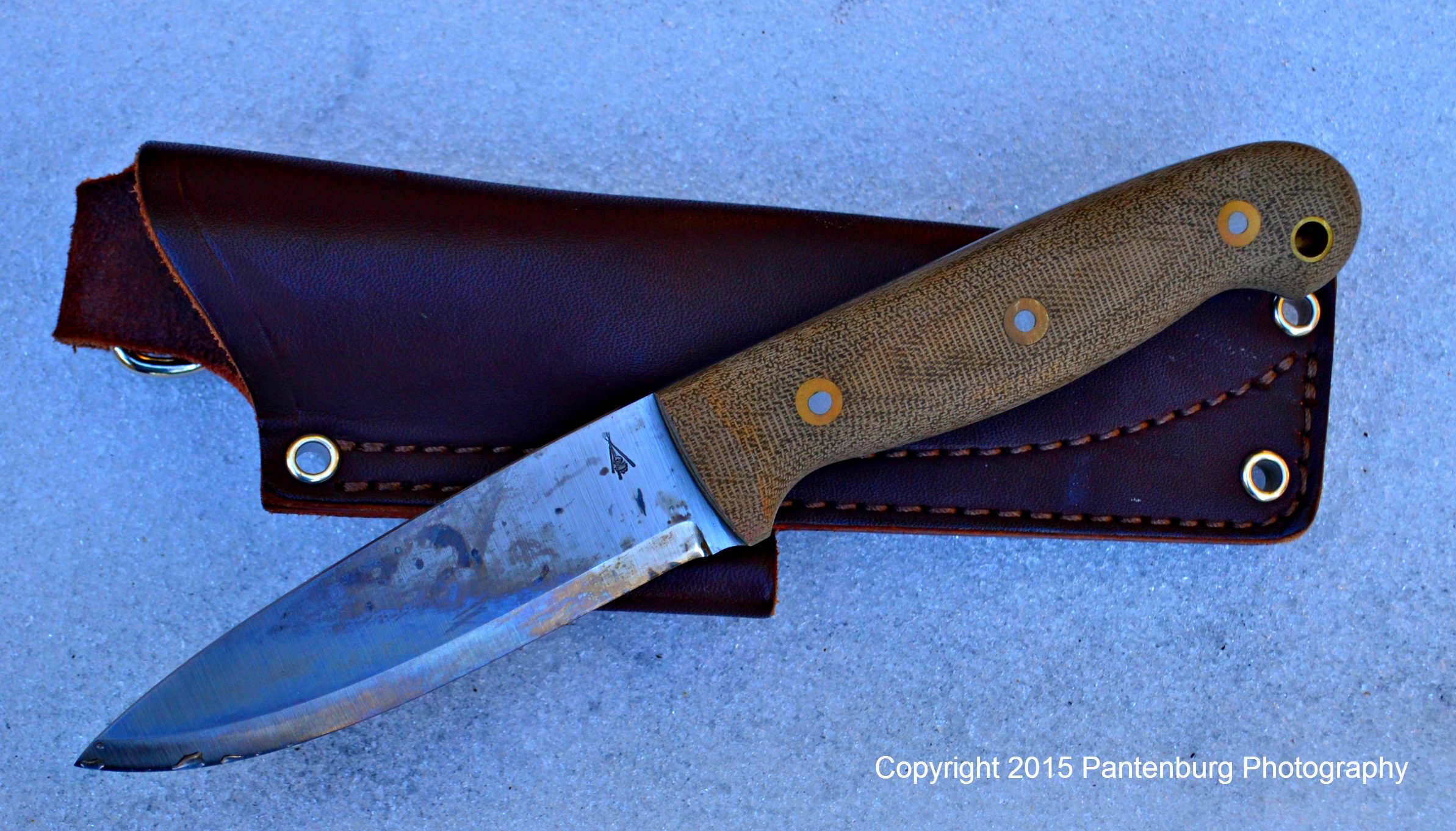
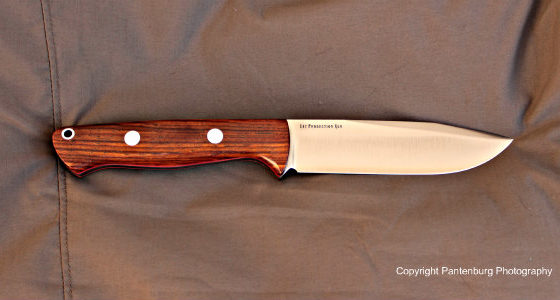
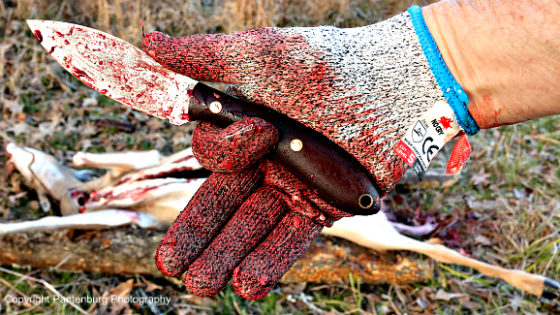
Leave a Reply